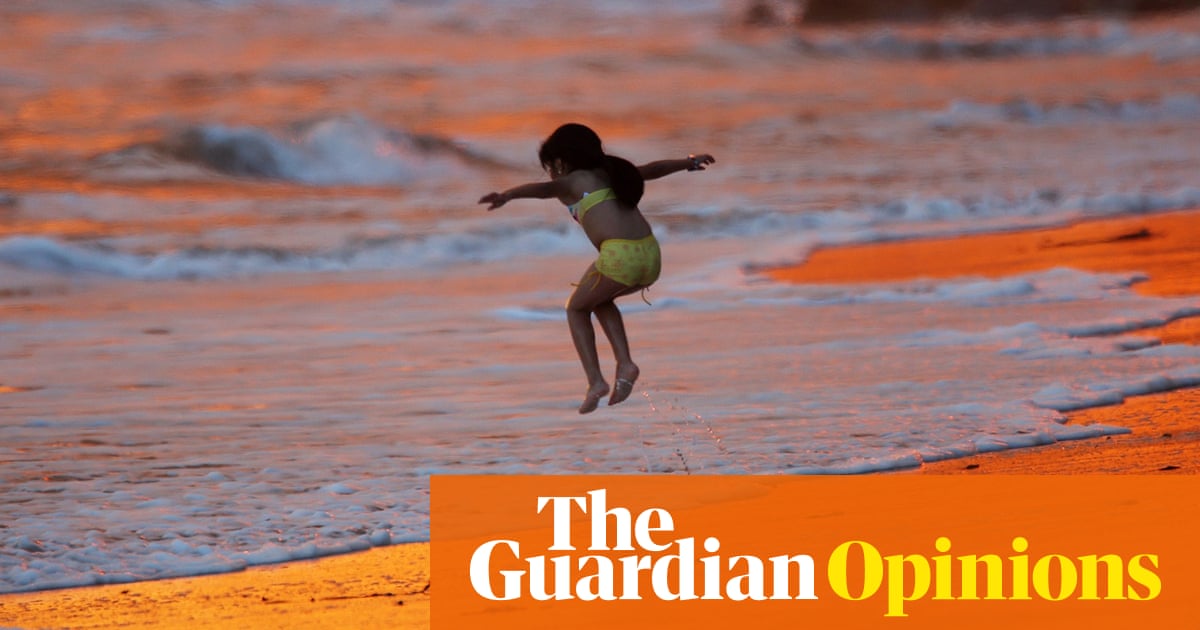An earthly paradise is ravaged by inferno and deluge, the earth itself rising to proclaim a horrifying and deadly new normal

When people ask me where I live and I say, “Santa Barbara,” I wait for the inevitable respond, “Paradise,” and the quizzical looking that says, how does one live there, rather than vacation. It’s as if I had responded, Disneyland.
People who visit from colder climates have been grumbling lately. Last year, when it finally rained after six years of drought, and we were practically on our knees with gratitude, a woman from New England remarked,” I didn’t come here for the rainfall .” I virtually said,” Well, then, why don’t you go back home ?” Another pestered a friend: when was her club in Montecito going to open? My pal replied,” I think it’s under eight feet of mud .” She wanted to add,” And they’re still looking for the bodies .”
It’s always been a struggle here to have a normal life, to hold on to reality.
In December, we got a mega-dose of reality when the biggest fire in California’s history burned more than 270,000 acres. Seven metropolis were evacuated.
When the air was labeled “hazardous” for three days operating, we attained plans to leave. On Sunday morning, my phone pinged a mandatory evacuation for Montecito. I called a friend who lives there. “Packing,” she said. The burn was less than a mile away. I drove through the brown air and falling ash to a gas station and when I got there, my credit card wouldn’t work; the power was out. I stood in the zombie snow as others lined up behind me. Ultimately, we drove north to a hotel on the coast, where, with evacuated pals, we hiked and strolled together along the shore.
After we’d been there a few periods, I woke up at 3am and thought of a movie I’d watched years ago. Ava Gardener and Gregory Peck waiting for the fallout from a nuclear conflict in the northern hemisphere to swim on the wind to them in Australia. They were going to die, and everyone and everything they cared about was dead or was going to be just. I remembered a lot of drinking and dancing, fruitless search by submarine along the coasts of the United States for survivors and Fred Astaire setting up his sports car so he could rev it up in his garage and is suicide.
I thought, we are On the Beach.
Like them, we were scarcely refugees. We hadn’t strolled out of our homes not knowing where we were going or who would take us in. But still, hanging over our hikes, was dread.
And what was coming toward us? Immediately, it was the fire. The fire at that point was burning so hot it was basically gas. Because of the long drought, the lack of rain this season, and Santa Ana gales in December.
But we were waiting for something else, too.
And then, the firefighters, all 8,549 of them, stopped the flame and we went home for Christmas.
In early January, a tropical storm from the south made the freshly burned mountains above Montecito between two and three in the morning, and dropped a half-inch of rainwater in five minutes. A army of water and ash and soil no longer secured by plants picked up boulders on its way down the mountain and swept into the town. My friends in Montecito were just too tired to evacuate ahead of this blizzard. A firefighter told them the day before.” If you hear a sound like a freight train, get up on the second narrative or the roof .” They woke up at three under a red sky from mansions explosion over severed gas lines and they heard it:” A terrible grind roar .” It interred houses and autoes and people. It interred the road and the qualify trails. All the way to the ocean. A torso of a human was found on the beach. Not far away from him was the body of a bear.
Broken mansions line mud-caked streets, and two people are still missing including a two-year-old. We are no longer a pretty backdrop, and our nerves aren’t pretty, either.
And we know now what the fright was we felt in December. Call it climate change or climate collapse, that was the Big Dread behind the smaller ones. Climate disciples, climate deniers, deep in our nerves we think it will happen somewhere else. Or, in some other day, in 2025 or 2040 or next year. But we are here to tell you, in this postcard from the former paradise, that it won’t happen next year, or somewhere else. It will happen right where you live and it could happen today. No one will be spared.
So, if you are driving around and flying on airliners and ordering things to be shipped by truck and making money off oil stock the way so many of us are- like there’s no tomorrow? We are here to tell you there is a tomorrow and we are living in it.
If you visit, talk to us as if our dose of mega-reality is not some singular string of bad luck or an inconvenience to you. Help tether us to the reality “weve been”- all of us- living in now and that we in southern California don’t want to forget in the face of returning to “normal”. Make us the one endowment that will help us: please, let’s not go back to business as usual.
Nora Gallagher writes memoir and fiction. She’s the author recently of the memoir Moonlight Sonata at Mayo Clinic and the novel Changing Light
from
https://bestmovies.fun/2018/03/06/southern-californians-know-climate-change-is-real-it-is-deadly-and-it-is-here/
No comments:
Post a Comment